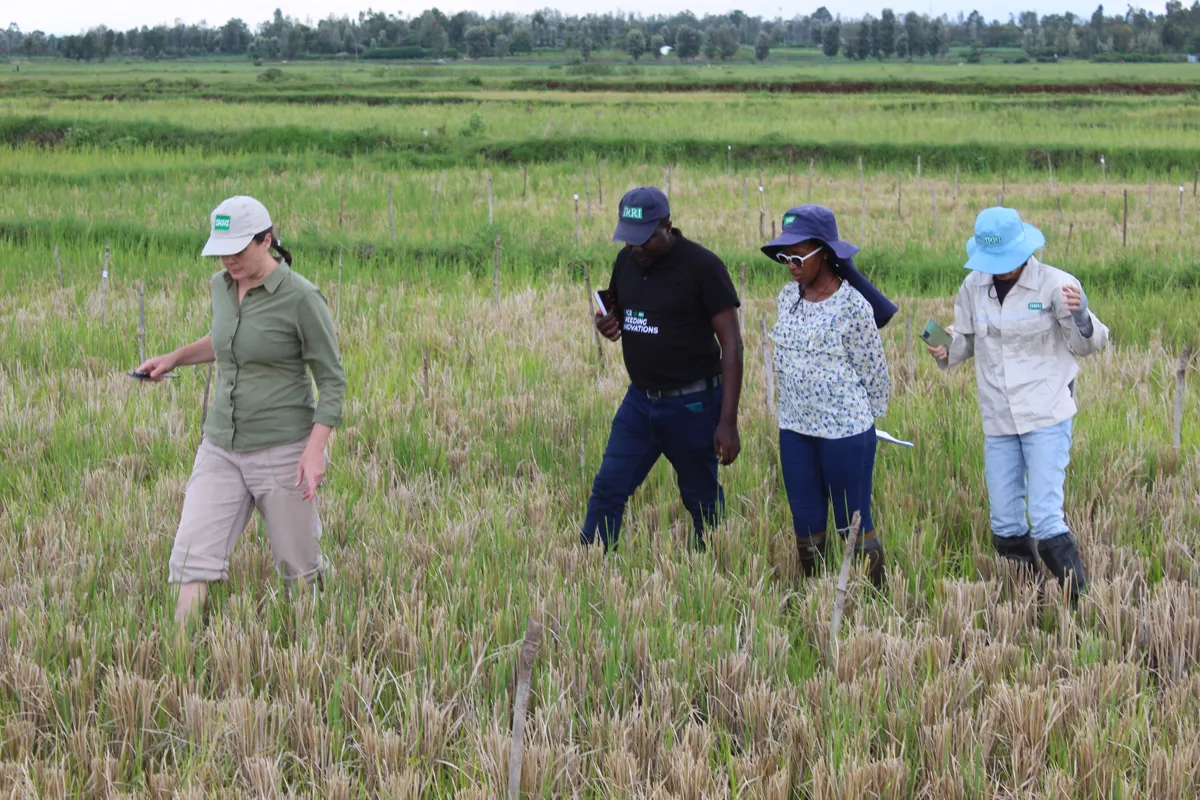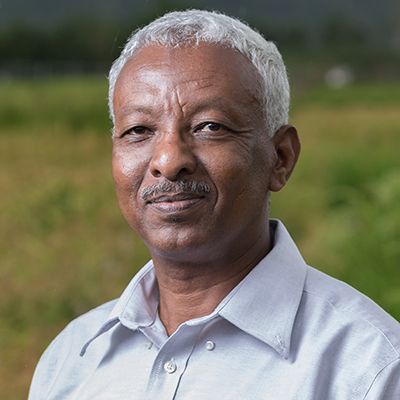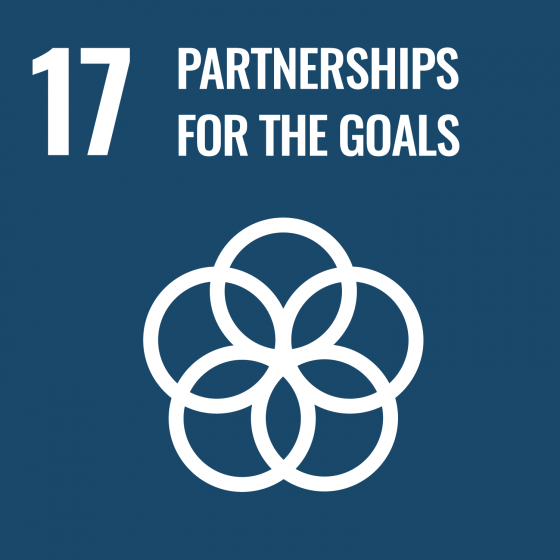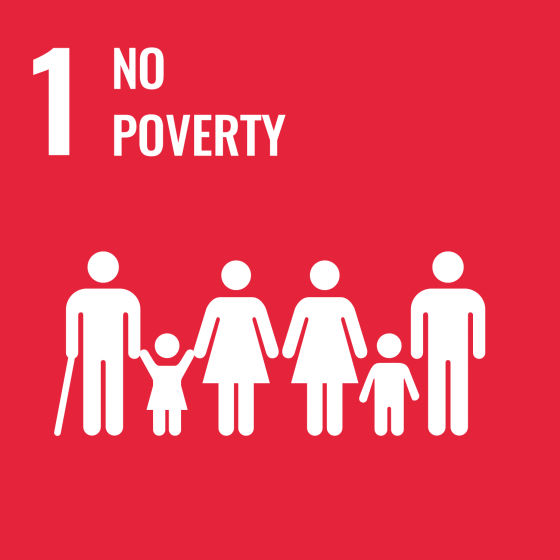
Background
Taking multiple harvests, or ratooning, from a single rice planting is a traditional rice production practice in many parts of the world. It can significantly reduce the cost per ton of rice production by spreading high land preparation and crop establishment costs over two or more harvests. Ratooning fell out of use in some parts of Asia after the Green Revolution, but there is renewed interest in the practice in China, where it is being driven by the need to reduce costs and avoid damaging effects of heat during flowering and grain-filling; early flowering ratoon varieties can escape peak late-summer temperatures for both their first and second harvests. If a second, third, or subsequent harvest is taken after a dry season in a subsequent rainy season, the crop is termed perennial rice.
The current project will focus on identifying high-yielding multiple-harvest rice (MHR) varieties and breeding lines in the elite rice germplasm. Multiple-harvest rice is particularly attractive in many African lowland rice systems that either grow only a single crop of rice annually (many rice-producing areas in Madagascar, Kenya, Tanzania, DRC, Sierra Leone, and Uganda) or grow irrigated rice in both the wet and dry seasons using the same varieties (e.g. the Senegal River Valley, Office du Niger in Mali and Benue River in Nigeria). The system offers a low-cost, low labor requirement pathway for intensification in African rice- production areas that struggle to compete with rice imported from Asia due to high production costs. A broader range of germplasm and a clearer understanding of the situations in which MHR can be profitable will be needed to assess the potential of MHR to increase and sustain the productivity and income of rice-based production systems in Africa.
Objectives
The primary outcomes of the project are the following:
- IdentificationofAfricanriceproductionsystemsandareaswheremultiple
harvests of rice are currently practiced, or where the system can be profitably introduced; - Evaluationoftheregrowthcapacity,withinandacrossyears,ofeliteAfrica- adapted germplasm, identifying the existing varieties best adapted to multiple harvesting;
- DevelopmanagementrecommendationsforMHRproductioninAfricaand rigorously evaluate the benefits of MHR versus single-harvest rice production systems.




